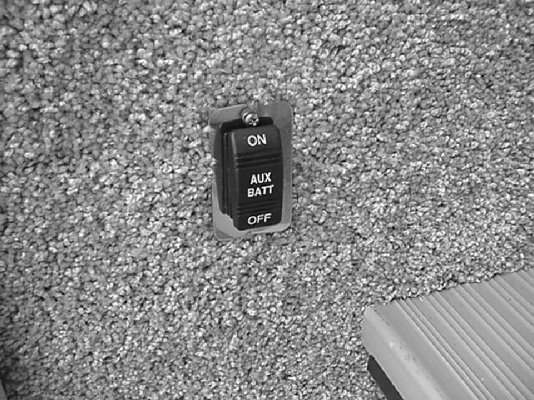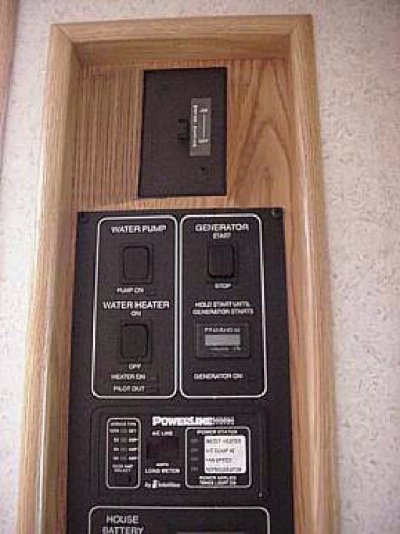TangoMike
Member
I have a 2003 Winnebago Adventurer 35u F53 chassis. When I plug the coach into shore power and turn the Aux battery disconnect switch (at the entrance stairwell) to off, this puts the batteries into storage mode and I continue to have power since it is plugged into shore power. But lately when I have the coach plugged into shore power and turn the 12v switch to off, there is no power to the coach (except of course the engine). When I turn the 12v switch back to on (still connected to shore power), my electrical panel (powerline EMS status panel) comes on and all of my 110 power is working (microwave, A/C system, etc.). When I turn the switch off or on, I hear the standard "clunk" sound. When I turn the 12v switch to off, disconnect the shore power and wait a few minutes before plugging back into shore power, the 110 AC comes on. Yet when I turn the 12v switch to on then off, the electrical panel (showing that I have 110 power) goes out. Is it the switch, the ATS (automatic transfer switch) or a bad battery disconnect relay?


